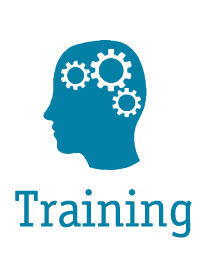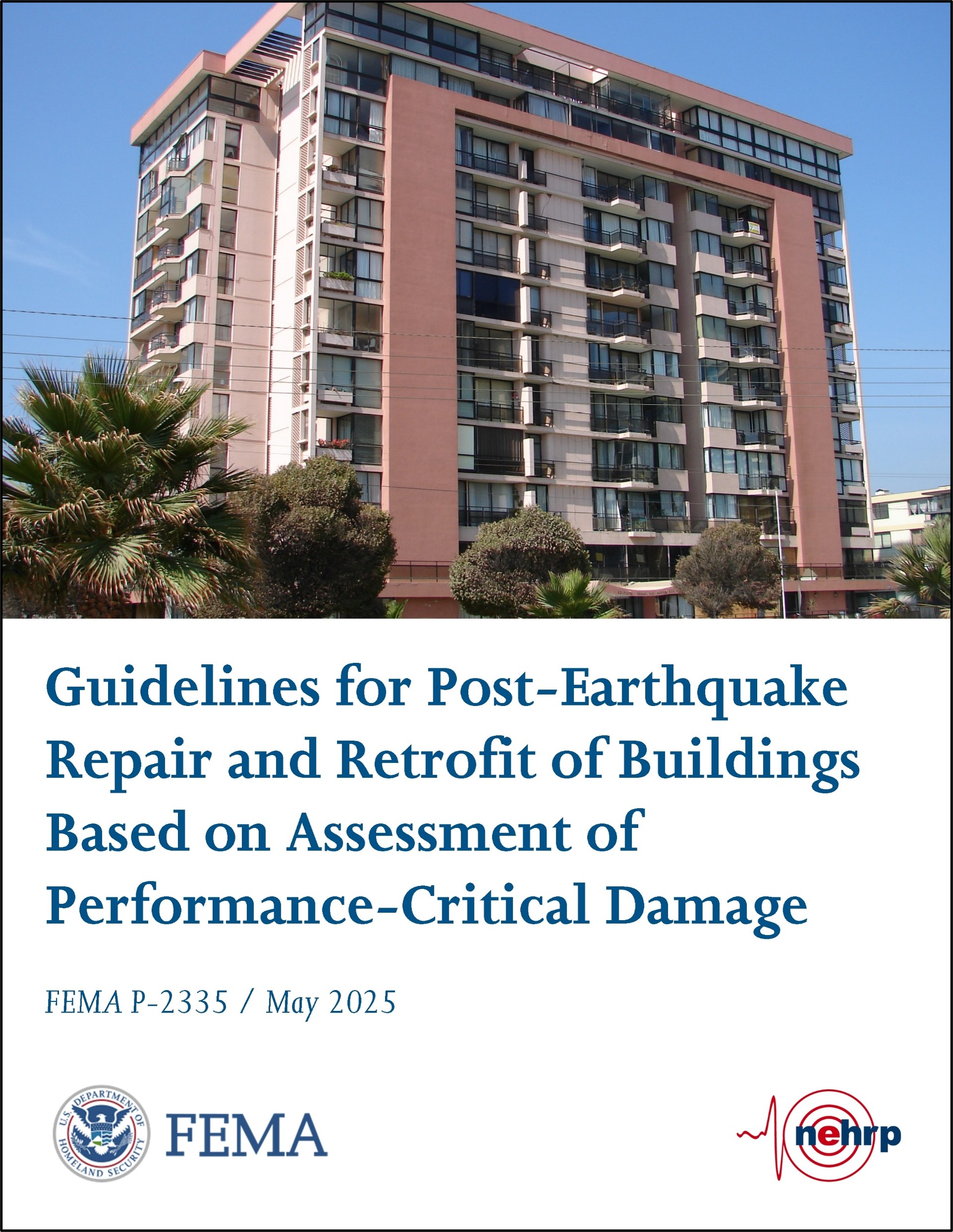ATC-20 Building Safety Evaluation Forms and Placards
In 1989, with funding from the California Office of Emergency Services, California Office of Statewide Health Planning and Development, and the Federal Emergency Management Agency, the Applied Technology Council (ATC) published the ATC-20 Procedures for Postearthquake Safety Evaluation of Buildings, and companion ATC-20-1 Field Manual: Postearthquake Safety Evaluation of Buildings, Second Edition (revised in early 2005). Written specifically for volunteer structural engineers and building inspectors, these reports include rapid and detailed evaluation procedures for evaluating earthquake-damaged buildings and posting them as INSPECTED (apparently safe, green placard), LIMITED ENTRY (yellow placard), or UNSAFE (red placard). In 1995, with funding from the National Science Foundation and the U. S. Geological Survey, ATC published the ATC-20-2 report, Addendum to the ATC-20 Postearthquake Building Safety Evaluation Procedures, which contains updates to the ATC-20 procedures, including a revised Rapid Evaluation Safety Assessment Form, a revised Detailed Evaluation Safety Assessment Form, and revised red, yellow (RESTRICTED USE) and green placards. In 1997, ATC published the ATC-20-3 report, Case Studies in Rapid Postearthquake Safety Evaluation of Buildings, which contains 53 in-depth case studies illustrated with photos and describing how buildings are inspected and evaluated for safety. The ATC-20-3 report has been designed as an instructional guide for rapid evaluation.
Available here are the revised versions of the ATC-20 Rapid and Detailed Evaluation safety assessment forms, the revised posting placards, and Appendix A: Guidance for Owners and Occupants of Damaged Buildings. The forms and placards have been made available here, primarily to facilitate their rapid dissemination in any emergency, but also for instructional purposes. Turkish language versions are also available.
![]() ATC 20-2 Rapid Evaluation Safety Assessment Form (revised, 2005)
ATC 20-2 Rapid Evaluation Safety Assessment Form (revised, 2005)
![]() ATC 20-2 Detailed Evaluation Safety Assessment Form (revised, 2005)
ATC 20-2 Detailed Evaluation Safety Assessment Form (revised, 2005)
![]() ATC-20 Fixed Equipment Checklist
ATC-20 Fixed Equipment Checklist
![]() ATC 20-2 Revised green INSPECTED placard
ATC 20-2 Revised green INSPECTED placard
![]() ATC 20-2 Revised yellow RESTRICTED USE placard
ATC 20-2 Revised yellow RESTRICTED USE placard
![]() ATC 20-2 Revised yellow RESTRICTED USE placard with preprinted instructions
ATC 20-2 Revised yellow RESTRICTED USE placard with preprinted instructions
![]() ATC 20-2 Revised red UNSAFE placard
ATC 20-2 Revised red UNSAFE placard
![]() ATC 20-2 Appendix A: Guidelines for Owners and Occupants of Damaged Buildings
ATC 20-2 Appendix A: Guidelines for Owners and Occupants of Damaged Buildings
Turkish Language Versions of Placards
![]() ATC 20-2 Revised green INSPECTED placard
ATC 20-2 Revised green INSPECTED placard
![]() ATC 20-2 Revised yellow RESTRICTED USE placard
ATC 20-2 Revised yellow RESTRICTED USE placard
![]() ATC 20-2 Revised yellow RESTRICTED USE placard with preprinted instructions
ATC 20-2 Revised yellow RESTRICTED USE placard with preprinted instructions
![]() ATC 20-2 Revised red UNSAFE placard
ATC 20-2 Revised red UNSAFE placard
 click here to download Adobe Reader
click here to download Adobe Reader




 Michael Valley
Michael Valley